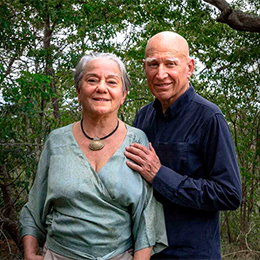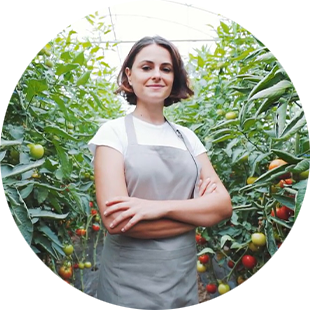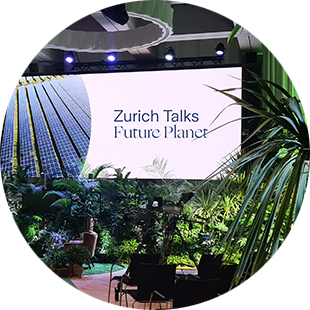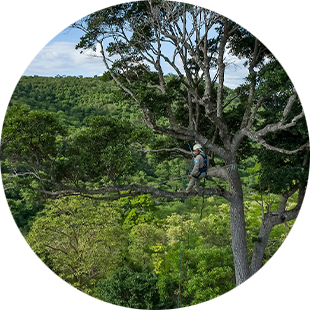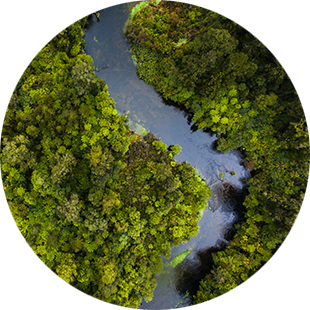Bienvenidos al Proyecto Bosque Zurich
En colaboración con el Instituto Terra, una organización sin ánimo de lucro con sede en Brasil, Zurich está ayudando a recuperar la vida de una parte de uno de los bosques más grandes del planeta. El Proyecto Bosque Zurich figura en la exposición Amazônia.
Noticias del Proyecto Bosque Zurich
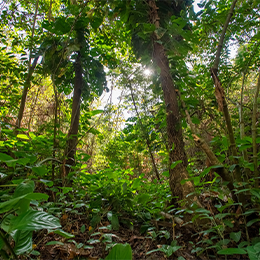
Octubre 2024
Advancing our partnership with Instituto Terra
Given the success of our current collaboration, we have decided to expand our engagement and enabled Instituto Terra to acquire additional land to triple the size of the land owned by the non-profit organization. There is a plan to also register this land as a Private Natural Heritage Reserve (RPPN) going forward. And we are supporting the acquisition of essential infrastructure and the establishment of a new nursery with the capacity to produce at least 1 million seedlings a year. This initiative isn’t just about trees; it’s about breathing life back into degraded ecosystems, boosting biodiversity, and championing environmental sustainability.
Flora and Fauna @ the Zurich Forest Project
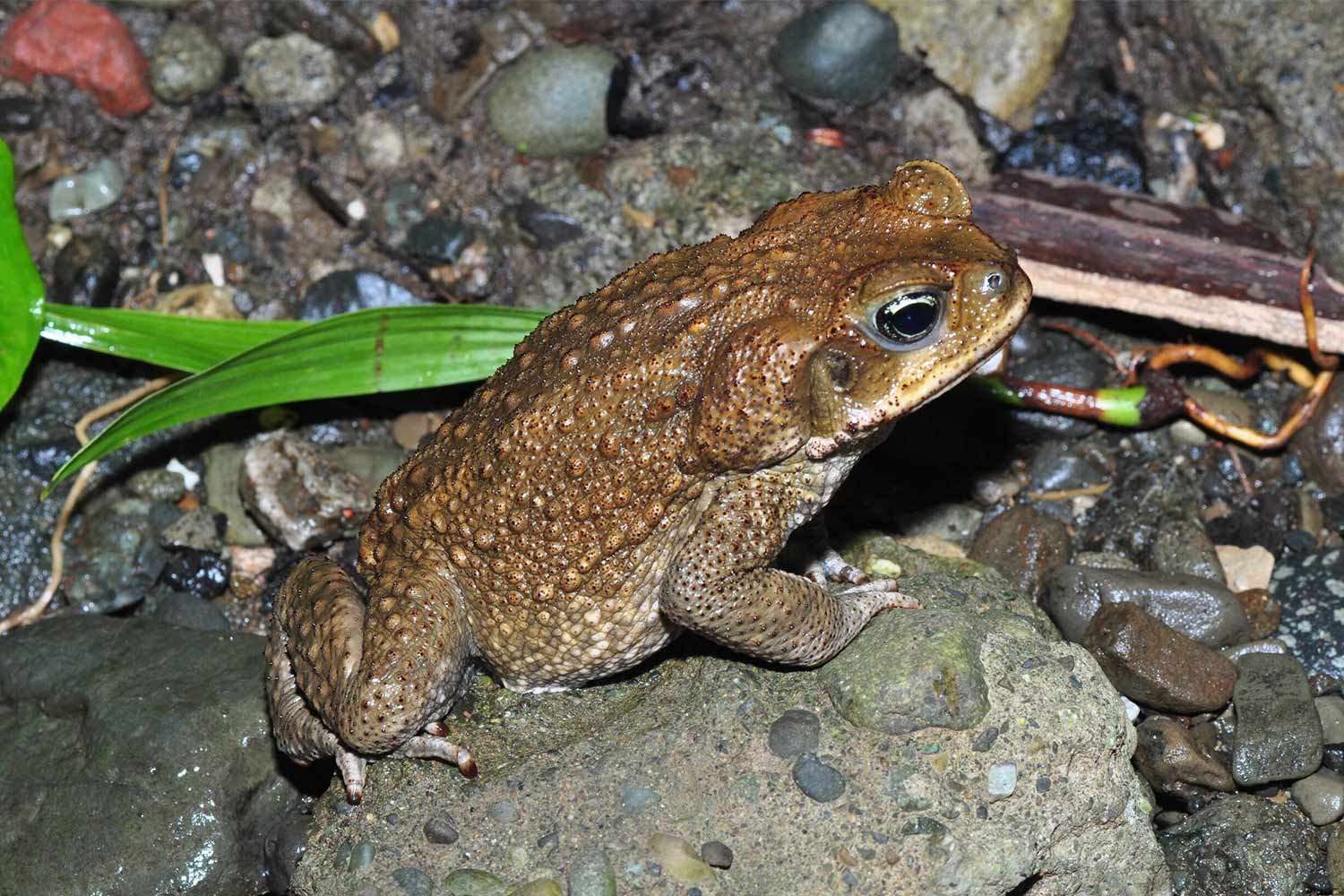
Rhinella marina
The Sapo Cururu, or Cane Toad, native to Central and South America, is known for its high fertility, dietary adaptability, and toxic poison glands. Introduced to regions like Australia in 1935 for pest control, it has become a pest itself, posing a threat to native predators and domestic animals. Today, its presence causes serious ecological imbalances in the areas where it has been introduced.
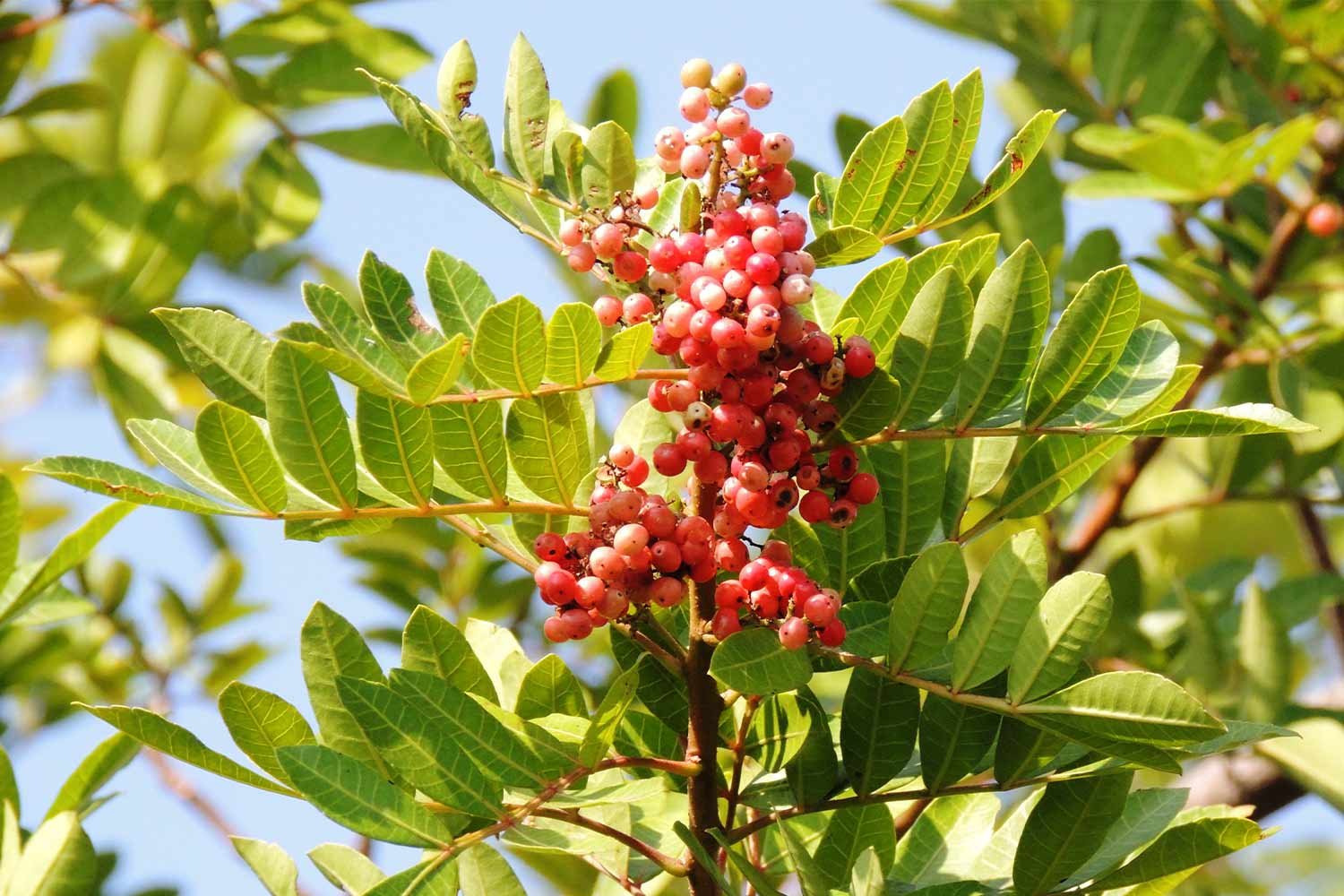
Gonçalo Alves (Astronium fraxinifolium)
The species is not endemic to Brazil but occurs in the North, Northeast, Central-West, and Southeast regions, with subpopulations in different biomes. It is protected by legislation prohibiting its cutting in primary forests and controlling it in other environments. The species can reach a height of 8 to 12 meters, with a straight, cylindrical trunk 60 to 80 cm in diameter, and compound leaves.
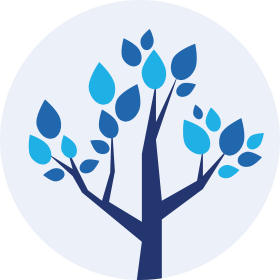
El proyecto Bosque Zurich Mapa interactivo de Restor
Restor es una plataforma de datos basada en la ciencia y de acceso abierto, fundada por ETH Zurich que apoya y conecta el movimiento global de restauración.
Echa un vistazo a la ubicación en la que se está desarrollando el proyecto Bosque Zurich.
Calendario
-
16September
-
30September
Sustainability
World Maritime Day
Números clave

Contacto
Ponte en contacto con el equipo del proyecto Bosque Zurich. Contáctanos en:
